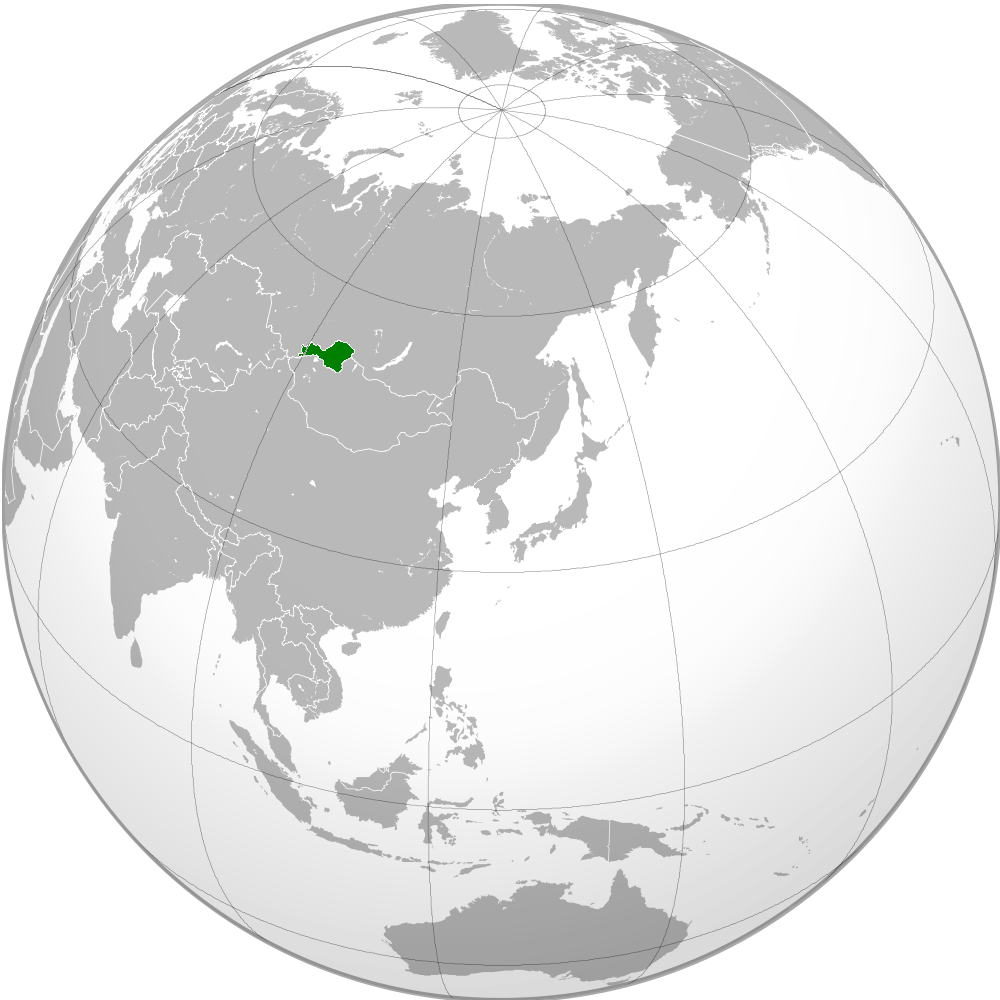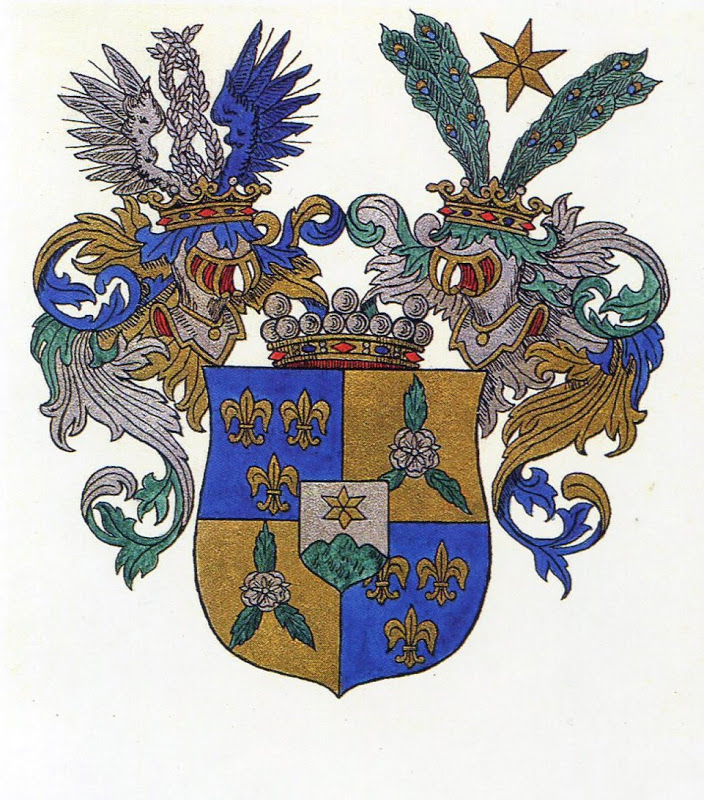|
Soviet Involvement In Regime Change
Soviet involvement in regime change entailed both overt and covert actions aimed at altering, replacing, or preserving foreign governments. In the 1920s the nascent Soviet Union intervened in multiple governments primarily in Asia, acquiring the territory of Tuva and making Mongolia into a satellite state. During World War II, the Soviet Union helped overthrow many Nazi German or Imperial Japanese puppet regimes, including in East Asia and much of Europe. Soviet forces were also instrumental in ending the rule of Adolf Hitler over Germany. In the aftermath of World War II, the Soviet government struggled with the United States for global leadership and influence within the context of the Cold War. It expanded the geographic scope of its actions beyond its traditional area of operations. In addition, the Soviet Union and Russia have interfered in the national elections of many countries. One study indicated that the Soviet Union and Russia engaged in 36 interventions in foreign el ... [...More Info...] [...Related Items...] OR: [Wikipedia] [Google] [Baidu] |
Tuvan People's Republic
The Tuvan People's Republic (TPR; tyv, Тыва Арат Республик, translit=Tywa Arat Respublik; Yanalif: ''Tьʙа Arat Respuʙlik'', ),) and abbreviated TAR. known as the Tannu Tuva People's Republic until 1926, was a partially recognized socialist republic that existed between 1921 and 1944. The country was located in the same territory as the former Tuvan protectorate of Imperial Russia, known as Uryankhay Krai, north-west of Mongolia part of the Chinese Outer Mongolia, and now corresponds to the Tuva Republic within the Russian Federation. The Soviet Union and Mongolia were the only countries to formally recognize it during its existence, in 1924 and 1926 respectively. After a period of increased Soviet influence, in October 1944, the polity was absorbed into the Russian SFSR (the largest constituent republic of the Soviet Union) at the request of the Tuvan parliament, ending twenty-three years of independence. History Establishment Since 1759, Tuva (then ca ... [...More Info...] [...Related Items...] OR: [Wikipedia] [Google] [Baidu] |
Bogd Khan
Bogd Khan, , ; ( – 20 May 1924) was the khan of the Bogd Khaganate from 1911 to 1924, following the state's ''de facto'' independence from the Qing dynasty of China after the Xinhai Revolution. Born in Tibet, he was the third most important person in the Tibetan Buddhist hierarchy as the 8th Jebtsundamba Khutuktu, below only the Dalai Lama and Panchen Lama, and therefore also known as the "Bogdo Lama". He was the spiritual leader of Outer Mongolia's Tibetan Buddhism. His wife Tsendiin Dondogdulam, the Ekh Dagina (' Dakini Mother'), was believed to be a manifestation of White Tara. Life The future Bogd Khan was born in 1869 in the area of Lhasa, in a family of a Tibetan official. He was born as Agvaan Luvsan Choijinnyam Danzan Vanchüg. His father, Gonchigtseren, was an accountant at the 12th Dalai Lama's court. The boy was officially recognized as the new incarnation of the Bogd Gegen in Potala in the presence of the 13th Dalai Lama and the Panchen Lama. The new Bogd ... [...More Info...] [...Related Items...] OR: [Wikipedia] [Google] [Baidu] |
Tannu Uriankhai
Tannu Uriankhai ( tyv, Таңды Урянхай, ; mn, Тагна Урианхай, Tagna Urianhai, ; ) is a historical region of the Mongol Empire (and its principal successor, the Yuan dynasty) and, later, the Qing dynasty. The territory of Tannu Uriankhai largely corresponds to the modern-day Tuva Republic of the Russian Federation, neighboring areas in Russia, and a small part of the modern state of Mongolia. ''Tannu'' designates the Tannu-ola Mountains in the region. ''Uriankhai'' was the Mongolian name for the Tuvans (and accordingly their realm), which meant "the people living in the woods" (). After Outer Mongolia declared independence from the Qing dynasty and Republic of China in the early 20th century, the region of Tannu Uriankhai increasingly came under Russian influence and finally became an independent communist state, the Tuvan People's Republic, which was annexed by the Soviet Union in 1944. Sovereignty over the area has not been officially renounced by the R ... [...More Info...] [...Related Items...] OR: [Wikipedia] [Google] [Baidu] |
1911 Revolution
The 1911 Revolution, also known as the Xinhai Revolution or Hsinhai Revolution, ended China's last imperial dynasty, the Manchu-led Qing dynasty, and led to the establishment of the Republic of China. The revolution was the culmination of a decade of agitation, revolts, and uprisings. Its success marked the collapse of the Chinese monarchy, the end of 2,132 years of imperial rule in China and 276 years of the Qing dynasty, and the beginning of China's early republican era.Li, Xiaobing. 007(2007). ''A History of the Modern Chinese Army''. University Press of Kentucky. , . pp. 13, 26–27. The Qing dynasty had struggled for a long time to reform the government and resist foreign aggression, but the program of reforms after 1900 was opposed by conservatives in the Qing court as too radical and by reformers as too slow. Several factions, including underground anti-Qing groups, revolutionaries in exile, reformers who wanted to save the monarchy by modernizing it, and activists ... [...More Info...] [...Related Items...] OR: [Wikipedia] [Google] [Baidu] |
Tuva Map
Tuva (; russian: Тува́) or Tyva ( tyv, Тыва), officially the Republic of Tuva (russian: Респу́блика Тыва́, r=Respublika Tyva, p=rʲɪˈspublʲɪkə tɨˈva; tyv, Тыва Республика, translit=Tyva Respublika ), is a federal subject of Russia (a republic, also defined in the Constitution of the Russian Federation as a state). The Tuvan Republic lies at the geographical center of Asia, in southern Siberia. The republic borders the Altai Republic, the Republic of Khakassia, Krasnoyarsk Krai, Irkutsk Oblast, and the Republic of Buryatia in Russia and Mongolia to the south. Tuva has a population of 307,930 ( 2010 census). Its capital is the city of Kyzyl. From 1921 to 1944, Tuva constituted a sovereign, independent, but partially recognized nation, acknowledged only by its neighbors the Soviet Union and Mongolia. It was known officially as Tannu Tuva until 1926 and thereafter as the Tuvan People's Republic. A majority of the population are ethni ... [...More Info...] [...Related Items...] OR: [Wikipedia] [Google] [Baidu] |
Constitutional Monarchy
A constitutional monarchy, parliamentary monarchy, or democratic monarchy is a form of monarchy in which the monarch exercises their authority in accordance with a constitution and is not alone in decision making. Constitutional monarchies differ from absolute monarchies (in which a monarch is the only decision-maker) in that they are bound to exercise powers and authorities within limits prescribed by an established legal framework. Constitutional monarchies range from countries such as Liechtenstein, Monaco, Morocco, Jordan, Kuwait, and Bahrain, where the constitution grants substantial discretionary powers to the sovereign, to countries such as Australia, the United Kingdom, Canada, the Netherlands, Spain, Belgium, Sweden, Malaysia, Thailand, Cambodia, and Japan, where the monarch retains significantly less personal discretion in the exercise of their authority. ''Constitutional monarchy'' may refer to a system in which the monarch acts as a non-party political head of ... [...More Info...] [...Related Items...] OR: [Wikipedia] [Google] [Baidu] |
Mongolian Revolution Of 1921
The Mongolian Revolution of 1921 (Outer Mongolian Revolution of 1921, or People's Revolution of 1921) was a military and political event by which Mongolian revolutionaries, with the assistance of the Soviet Red Army, expelled Russian White Guards from the country, and founded the Mongolian People's Republic in 1924. Although nominally independent, the Mongolian People's Republic was a satellite state of the Soviet Union until a third Mongolian revolution in January 1990. The revolution also ended the Chinese Beiyang government's occupation of Mongolia, which had begun in 1919. The official Mongolian name of the revolution is "People's Revolution of 1921" or simply "People's Revolution" ( mn, Ардын хувьсгал, Ardyn khuvisgal). Prelude Mongolian Revolution of 1911 For about three centuries, the Qing dynasty had enforced—albeit with mixed success—a policy of segregating the non-Han peoples on the frontier from the Han people. By the end of the 19th century, ho ... [...More Info...] [...Related Items...] OR: [Wikipedia] [Google] [Baidu] |
Mongolian People's Party
The Mongolian People's Party (MPP) is a social democratic political party in Mongolia. It was founded as a communist party in 1920 by Mongolian revolutionaries and is the oldest political party in Mongolia. The party played an important role in the Mongolian Revolution of 1921, which was inspired by the Bolsheviks' October Revolution. Following independence, it governed Mongolia as a one-party socialist state. The party changed its name to the Mongolian People's Revolutionary Party (MPRP) and joined the Communist International in 1924. As the MPRP, the party was organized on the basis of democratic centralism, a principle conceived by Vladimir Lenin which entails democratic and open discussion on policy on the condition of unity in upholding the agreed upon policies. The highest body of the party was the Party Congress, convened every fifth year. When the Party Congress was not in session, the Central Committee was the highest body, but since they met normally only once a year, ... [...More Info...] [...Related Items...] OR: [Wikipedia] [Google] [Baidu] |
Bolsheviks
The Bolsheviks (russian: Большевики́, from большинство́ ''bol'shinstvó'', 'majority'),; derived from ''bol'shinstvó'' (большинство́), "majority", literally meaning "one of the majority". also known in English as the Bolshevists,. It signifies both Bolsheviks and adherents of Bolshevik policies. were a far-left, revolutionary Marxist faction founded by Vladimir Lenin that split with the Mensheviks from the Marxist Russian Social Democratic Labour Party (RSDLP), a revolutionary socialist political party formed in 1898, at its Second Party Congress in 1903. After forming their own party in 1912, the Bolsheviks took power during the October Revolution in the Russian Republic in November 1917, overthrowing the Provisional Government of Alexander Kerensky, and became the only ruling party in the subsequent Soviet Russia and later the Soviet Union. They considered themselves the leaders of the revolutionary proletariat of Russia. Their beli ... [...More Info...] [...Related Items...] OR: [Wikipedia] [Google] [Baidu] |
Roman Von Ungern-Sternberg
Nikolai Robert Maximilian Freiherr von Ungern-Sternberg (russian: link=no, Роман Фёдорович фон Унгерн-Штернберг, translit=Roman Fedorovich fon Ungern-Shternberg; 10 January 1886 – 15 September 1921), often referred to as Roman von Ungern-Sternberg or Baron Ungern, was an anticommunist general in the Russian Civil War and then an independent warlord who intervened in Mongolia against China. A part of the Russian Empire's Baltic German minority, Ungern was an ultraconservative monarchist who aspired to restore the Russian monarchy after the 1917 Russian Revolutions and to revive the Mongol Empire under the rule of the Bogd Khan. His attraction to Vajrayana Buddhism and his eccentric, often violent, treatment of enemies and his own men earned him the sobriquet "the Mad Baron" or "the Bloody Baron". In February 1921, at the head of the Asiatic Cavalry Division, Ungern expelled Chinese troops from Mongolia and restored the monarchic power of the Bogd ... [...More Info...] [...Related Items...] OR: [Wikipedia] [Google] [Baidu] |
Red Army
The Workers' and Peasants' Red Army (Russian: Рабо́че-крестья́нская Кра́сная армия),) often shortened to the Red Army, was the army and air force of the Russian Soviet Federative Socialist Republic and, after 1922, the Union of Soviet Socialist Republics. The army was established in January 1918. The Bolsheviks raised an army to oppose the military confederations (especially the various groups collectively known as the White Army) of their adversaries during the Russian Civil War. Starting in February 1946, the Red Army, along with the Soviet Navy, embodied the main component of the Soviet Armed Forces; taking the official name of "Soviet Army", until its dissolution in 1991. The Red Army provided the largest land force in the Allied victory in the European theatre of World War II, and its invasion of Manchuria assisted the unconditional surrender of Imperial Japan. During operations on the Eastern Front, it accounted for 75–80% of casual ... [...More Info...] [...Related Items...] OR: [Wikipedia] [Google] [Baidu] |








